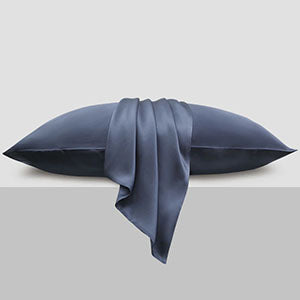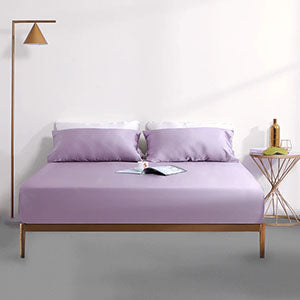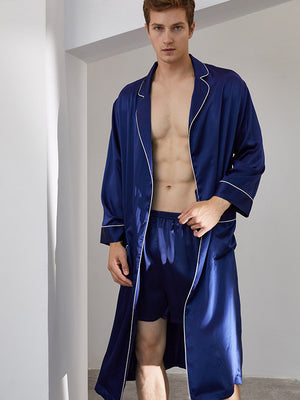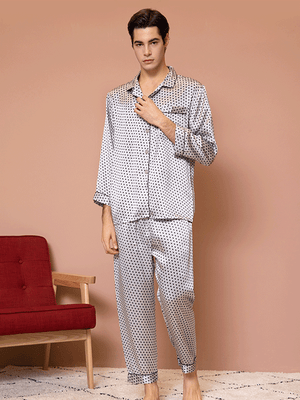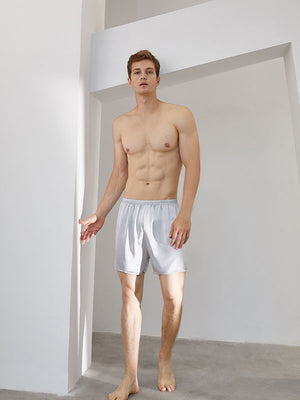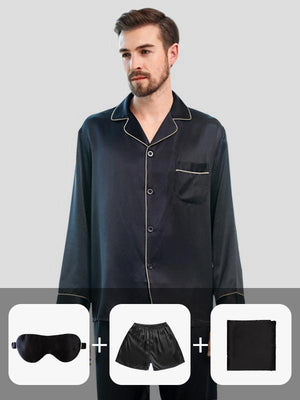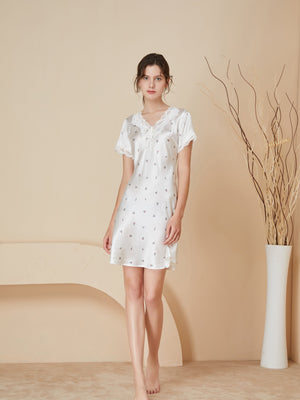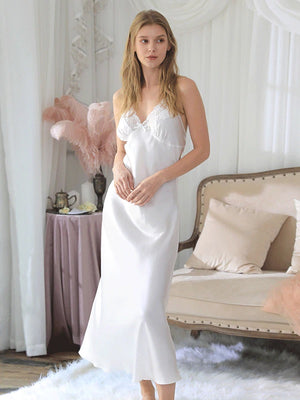Do I Need a Bonnet If I Have a Silk Pillowcase? The Truth Revealed
- by wangfred
-

You’ve invested in a luxurious silk pillowcase, but now you’re wondering: is it enough to protect your hair while you sleep? The debate between silk pillowcases and bonnets has sparked endless discussions in beauty circles. Let’s dive into the details to help you decide what’s best for your hair health.
The Science Behind Silk Pillowcases
Silk pillowcases have gained popularity for their smooth texture, which reduces friction between hair and fabric. Unlike cotton, silk’s tightly woven fibers prevent tangling and breakage, making it a favorite for those with curly, coily, or delicate hair types. Additionally, silk’s natural temperature-regulating properties help maintain moisture balance in both hair and skin.
Benefits of Silk Pillowcases
- Minimizes friction-induced frizz and split ends
- Preserves natural oils and hairstyles
- Hypoallergenic and gentle on sensitive skin
Why Bonnets Enter the Conversation
Bonnets, traditionally used to protect hairstyles overnight, create a physical barrier that shields hair from environmental factors. They cover the entire head, ensuring that edges, roots, and lengths remain undisturbed. For individuals with high-maintenance styles like braids, twists, or silk presses, bonnets offer full coverage that pillowcases alone can’t match.
Advantages of Using a Bonnet
- Secures hair in place, reducing movement-related damage
- Prevents moisture loss in dry climates
- Ideal for preserving intricate hairstyles
Silk Pillowcase vs. Bonnet: Key Differences
While both aim to minimize hair damage, their approaches differ. Silk pillowcases work passively by providing a smooth surface, whereas bonnets actively contain hair. Pillowcases are low-effort but may not protect against nighttime tossing. Bonnets require proper fitting to stay on but offer more consistent coverage.
Factors to Consider
- Hair Type: Fine or short hair may benefit more from silk pillowcases, while thicker or longer hair might need bonnets.
- Sleep Habits: Active sleepers may find bonnets stay put better.
- Climate: Bonnets trap heat, which could affect temperature-sensitive users.
When to Combine Both
For maximum protection, many experts recommend using a silk pillowcase and a bonnet. This dual approach minimizes friction from all angles while maintaining moisture levels. It’s particularly useful for those with chemically treated hair or extreme dryness.
Tips for Layering
- Opt for a satin-lined bonnet to avoid compromising silk’s benefits
- Ensure the bonnet isn’t too tight to prevent tension breakage
- Refresh both accessories regularly to maintain hygiene
Alternatives to Consider
If neither option feels perfect, explore silk scrunchies for ponytail protection or silk-lined sleep caps. Some prefer silk scarves tied loosely around edges. Ultimately, the right choice depends on your hair’s unique needs and personal comfort.
Still unsure? Try alternating between methods for a week. Track changes in hair texture, moisture retention, and style longevity. Your hair’s response will be the ultimate guide. Remember: consistency matters more than perfection in any hair care routine. Whether you choose one or both, prioritize quality materials and proper maintenance for lasting results.
